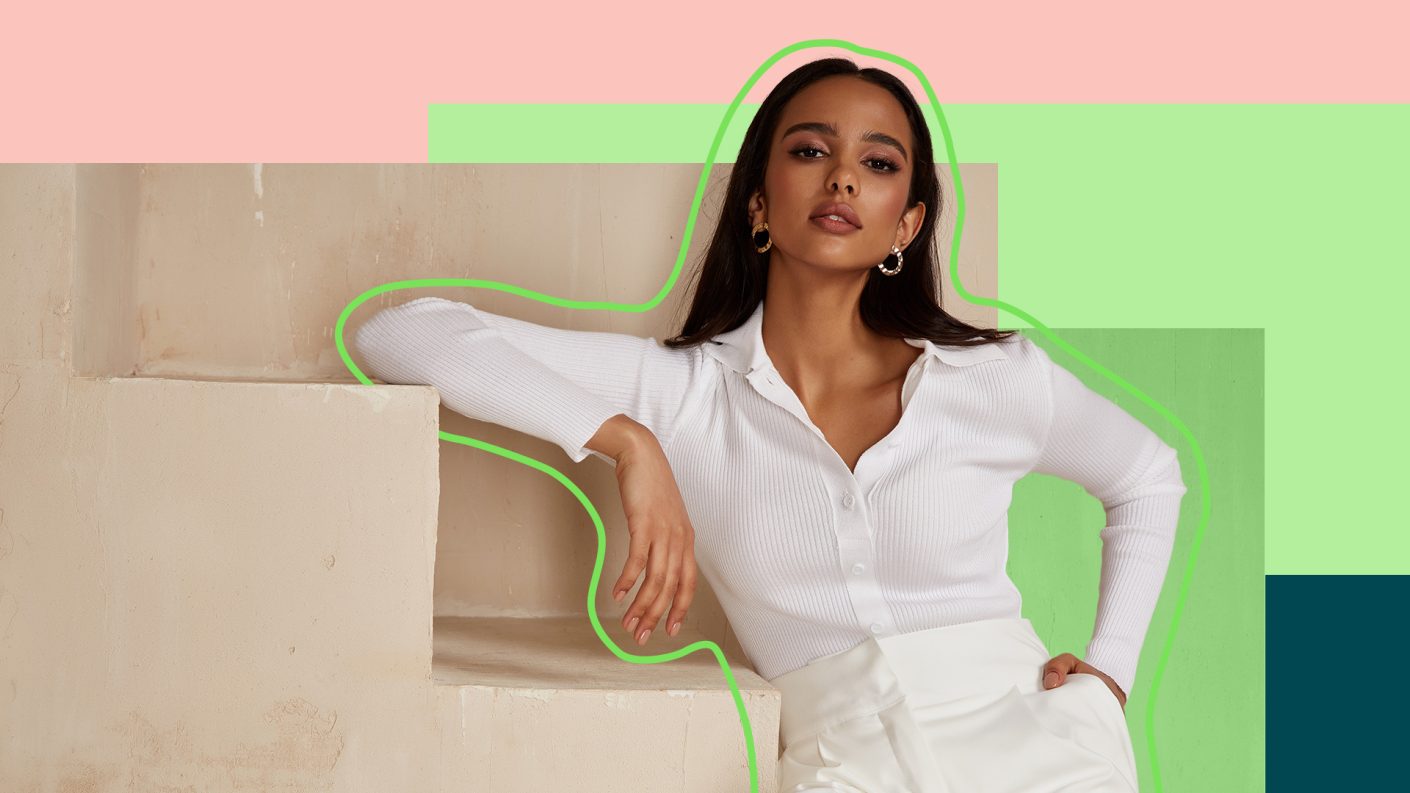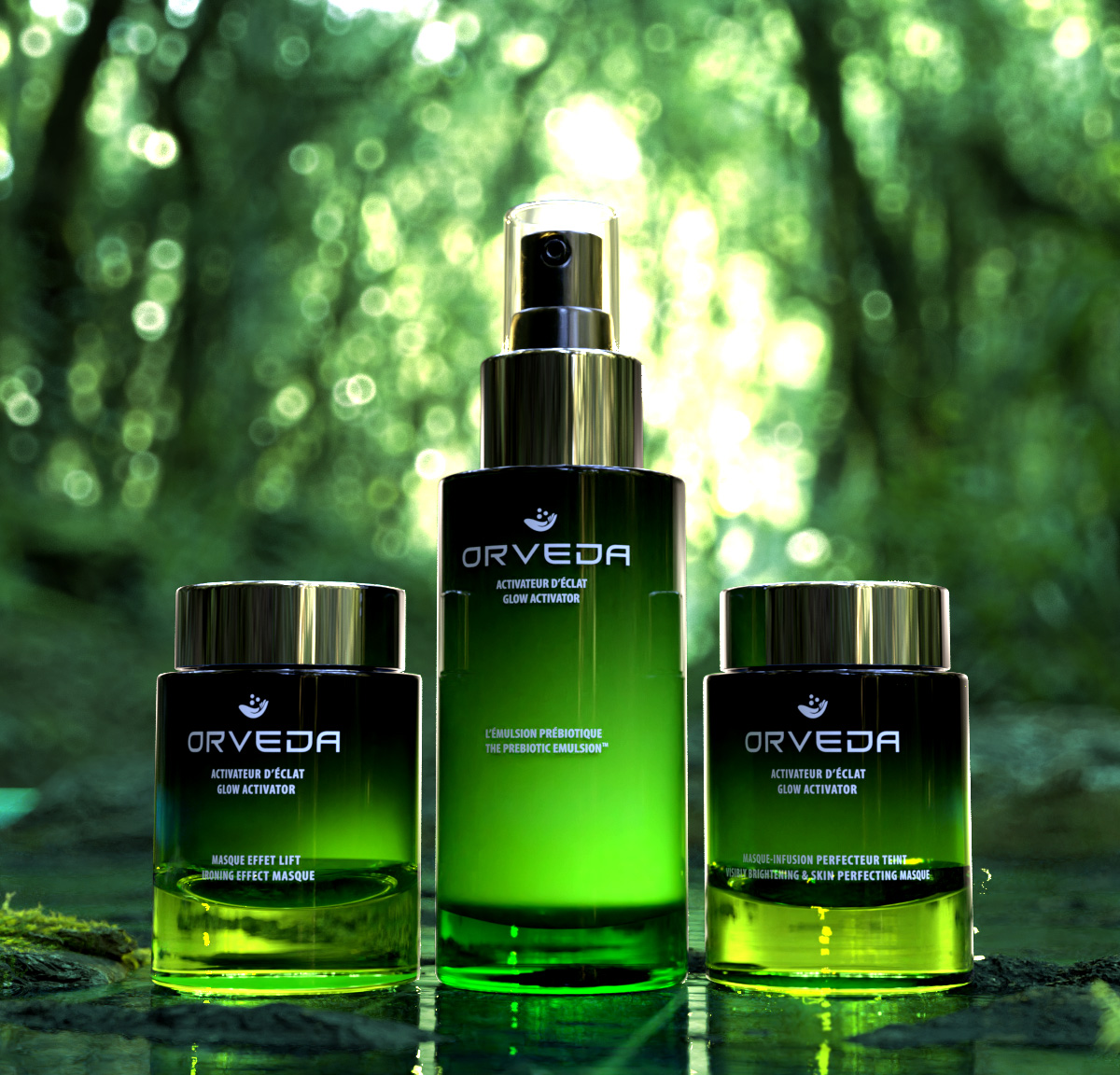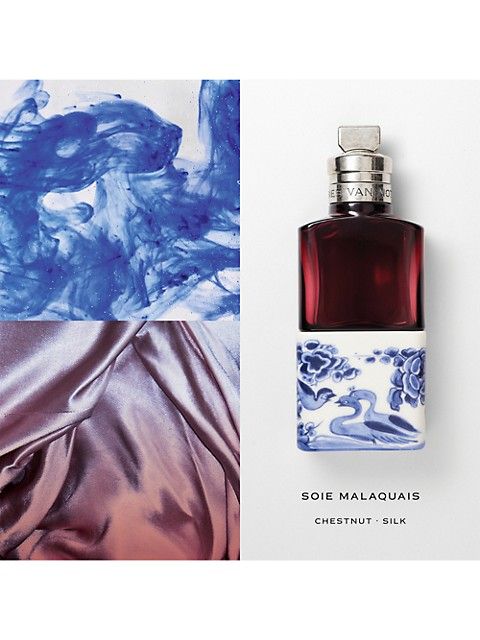Blog
3 trends in beauty & luxury
Why a high price tag is no longer enough to secure your position of a luxury brand in beauty.


Delphine Vantomme
10 March 2023
3 min read
Historically, a higher price tag determined a brand as ‘luxury’ and signified a better-quality product – a basis on which consumers would actively seek out a brand. Today, a price tag is no longer enough to secure this status and level of appeal. Our recent work in the luxury beauty space highlights numerous factors that are redefining the market:
- People are becoming better educated about beauty brands and their products, driven by wider access to experts across social media platforms.
- The time in lockdown has allowed people the time and space to better understand their own skin, and how different products and ingredients work for them, causing them to rethink what they buy.
- Mass market brands have upped their game, with a big rise in successful indie brands delivering quality products in an exciting way and at more affordable prices, which consumers are using with pride.
- As a result, brand loyalty is being challenged, with end-users prioritising self-care and their own needs over labels.
More than ever, luxury brands need to have a purpose and an authentic positioning to drive consumers to seek them out. So, how can brands tap into what matters to luxury beauty consumers?
In our latest global study, What Matters to People in 2023, we highlight 12 trends that offer guidance for brands on how to create relevant and meaningful futures for their consumers. We can already see fearless beauty brands tapping into some of these today.
Genderless beauty
Whilst the beauty industry is still dominated by products for women, there is a growing market for skincare and makeup targeted towards men and women alike. We see Orveda’s genderless skincare range challenging ‘gendered’ beauty products by focusing on the chemically identical skin that we all have. Orveda’s products are formulated for end results rather than end users. Orveda is tapping into the ‘Free From Assumptions’ trend, which embodies our demand for narratives that are freeing and fluctuating. By approaching beauty from a genderless perspective, Orveda allows people the space to explore who they are, free from labels and assumptions.

Sustainable fragrances
A strong sustainability stance is trickier in the luxury beauty space as typically the two don’t go hand in hand. Whilst most refillable options on the market miss the luxurious feel needed to warrant a higher price tag, Dries Van Noten’s fragrance range offers just that. Not only does the eau de parfum come in a recyclable glass bottle, but it also includes a funnel and key for easy refilling. Dries Van Noten is tapping into the ‘Adaptable Essentials’ trend, which encapsulates our desire to make conscious purchase decisions whilst living a high-quality life. Whilst its consumers might not be strapped for cash, Dries Van Noten is still demonstrating reliability and empathy by offering guilt-free luxury.

Local luxe
Luxury is being redefined by heritage, localism, and cultural complexity. Luxury means different things around the world and there is no one-size-fits-all approach. Luxury French Skincare brand Sisley is tapping into the ‘Local Flourishing’ trend, which captures our need for self-sufficiency and robust local networks. Sisley has laid roots in the Middle East, launching its first Sisley Spa in the GCC. The interiors are quintessentially French but feature an added touch of Arabian opulence with marble and gold detailing. Also treatments with a trusted beauty ingredient since ancient times for Arabian women like Rosewater contribute to the success.
Are you inspired by these luxury beauty brands or the trends they are tapping into? Download the full What Matters 2023 report.
Let’s connect